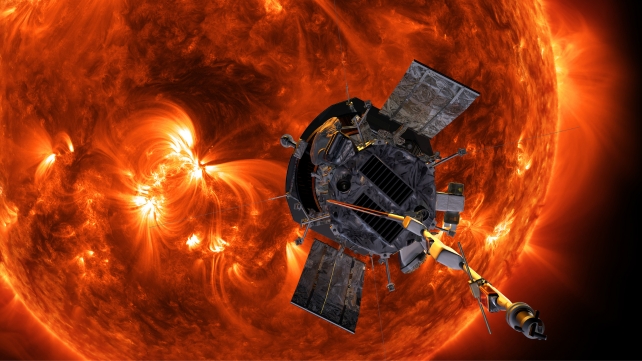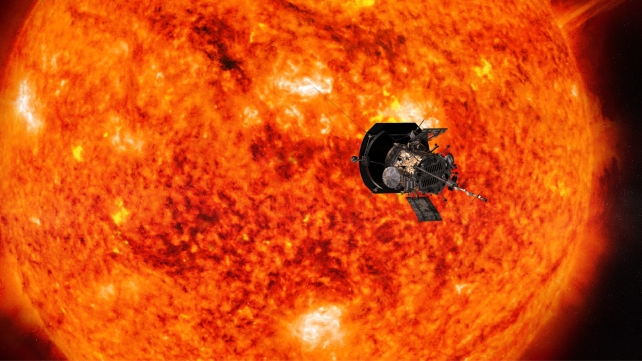NASA Poised to ‘Reach Out and Touch the Sun’ in 2024: A Pivotal Achievement in Space Exploration
NASA’s Parker Solar Probe is poised to achieve a significant milestone in space exploration this year by making a close approach to the Sun. Launched on August 12, 2018, the probe is scheduled to speed past the sun at a remarkable rate of 195 km/s or 435,000 mph on December 24, 2024, according to the BBC.
Described as a mission to “touch the Sun” on NASA’s website, the objective is to obtain the “first-ever sampling of a star’s atmosphere.” Nour Raouafi, a scientist involved in the project, highlighted the significance, stating, “We are essentially on the verge of landing on a star.”

This achievement holds immense significance for the entire human race. It is tantamount to the historic Moon landing of 1969,” he expressed. The mission’s objective is to deepen our understanding of the Sun by bringing the probe into orbit closer to the Sun’s surface than any previous mission, even within the orbit of Mercury, as stated by NASA.
The probe is designed to collect measurements and images, aiding scientists in unraveling the origins and evolution of solar wind. Additionally, it plays a crucial role in forecasting changes in the space environment, impacting life and technology on Earth. Undertaking a journey fraught with extreme heat and radiation, the probe is set to fly “more than seven times closer to the Sun than any spacecraft.”

Speaking to the BBC, Dr. Nicky Fox, NASA’s Director of Science, conveyed uncertainty about the mission’s discoveries, stating, “We don’t have a clear idea of what we’ll find, but we’ll be on the lookout for solar wind waves linked to heating.” She further expressed, “I anticipate detecting various wave types, indicating a combination of processes that scientists have debated for years.”
This article is republished from sciencealert under a Creative Commons license. Read the original article.
Do not forget to share your opinion with us to provide you with the best posts !



0 Comments